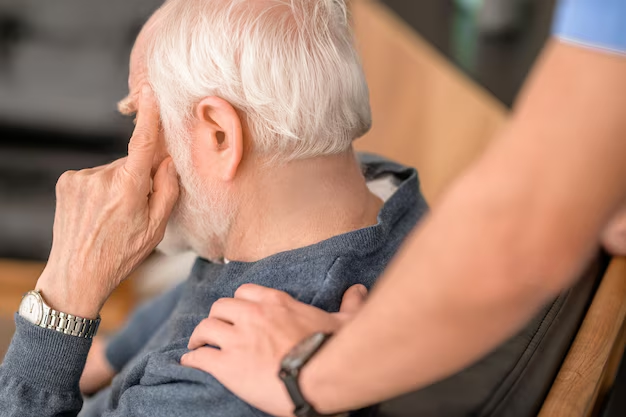Understanding the Beginnings of Parkinson's Disease
Parkinson's Disease is a neurodegenerative disorder that begins subtly and progresses over time, impacting an individual's movement, speech, and overall daily functioning. Understanding the early stages of Parkinson's Disease is crucial in managing its effects and seeking timely intervention.
Recognizing Early Symptoms
Initially, Parkinson's Disease may manifest through non-specific symptoms that are easily overlooked. These can include slight tremors, often starting in a single hand, a decreased range or speed of motion commonly known as bradykinesia, and rigidity or stiffness in the muscles. As these symptoms can be gradual, they often go unnoticed or are attributed to aging or stress.
Adding to the complexity, non-motor symptoms are also early indicators, such as changes in mood, sleep disturbances, and a decrease in the sense of smell. These subtle signs often precede motor symptoms by years, making early diagnosis challenging.
How Parkinson's Progresses
With time, the disease progresses as neurons that produce dopamine, a chemical messenger in the brain, continue to deteriorate. This loss of dopamine ultimately affects movement control and coordination. As Parkinson’s unfolds, individuals can experience a more pronounced resting tremor, rigid muscles, and postural instability, complicating day-to-day tasks.
This progression doesn't occur at the same rate for everyone. Some may experience rapid changes, while others live with mild symptoms for years. Regardless, understanding these phases can empower those affected to seek appropriate medical advice and supportive interventions sooner.
Financial and Emotional Strain
Beyond the health implications, Parkinson’s Disease places a significant emotional and financial strain on individuals and families. The cost of care, medications, lost income, and potential home adjustments adds up. Thus, early planning and research into available resources are essential.
Exploring Financial Assistance and Support
Addressing the financial challenges that come with managing Parkinson's Disease is an important step. Here are some resources and programs that can help alleviate these burdens:
Government Aid Programs: Social Security Disability Insurance (SSDI) and Supplemental Security Income (SSI) can provide monthly income to those unable to work due to their condition.
Medicare and Medicaid: These public health programs assist with the cost of treatments, medications, and sometimes even in-home care services, reducing out-of-pocket expenses.
Non-Profit Organizations: Foundations like the Parkinson's Foundation and Michael J. Fox Foundation offer grants and support services to help with medical expenses and connect individuals with community resources.
Debt Relief Options: If medical bills and associated costs become overwhelming, exploring debt relief options or working with a financial counselor can help manage outstanding expenses.
Educational Opportunities: For younger family members or caregivers who are impacted financially, scholarships and grants are available to ensure education and professional development can continue without interruption.
While Parkinson’s Disease presents challenges, being informed about its early signs and available resources can create a path towards better management and improved quality of life. Seeking support—whether emotional, medical, or financial—early on makes a significant difference.
💡 Resources and Programs for Financial Assistance:
- 🏛️ Government Aid: SSDI, SSI
- 🏥 Healthcare Programs: Medicare, Medicaid
- 🤝 Non-Profit Support: Parkinson's Foundation, Michael J. Fox Foundation
- 📉 Debt Solutions: Financial Counseling, Debt Relief Programs
- 🎓 Educational Grants: Scholarships for Affected Families
By recognizing the onset and progression of Parkinson's Disease and leveraging these resources, individuals and their families can face the future with greater confidence and support.

Related Topics
- Are There Environmental Causes Of Parkinsons
- Can Alcohol Cause Parkinson's
- Can Concussions Cause Parkinson's
- Can Concussions Cause Parkinson's Disease
- Can Dogs Get Parkinson's Disease
- Can Dogs Get Parkinsons
- Can Dogs Have Parkinson's
- Can Dogs Have Parkinson's Disease
- Can Females Get Parkinson Disease
- Can Head Trauma Cause Parkinson's